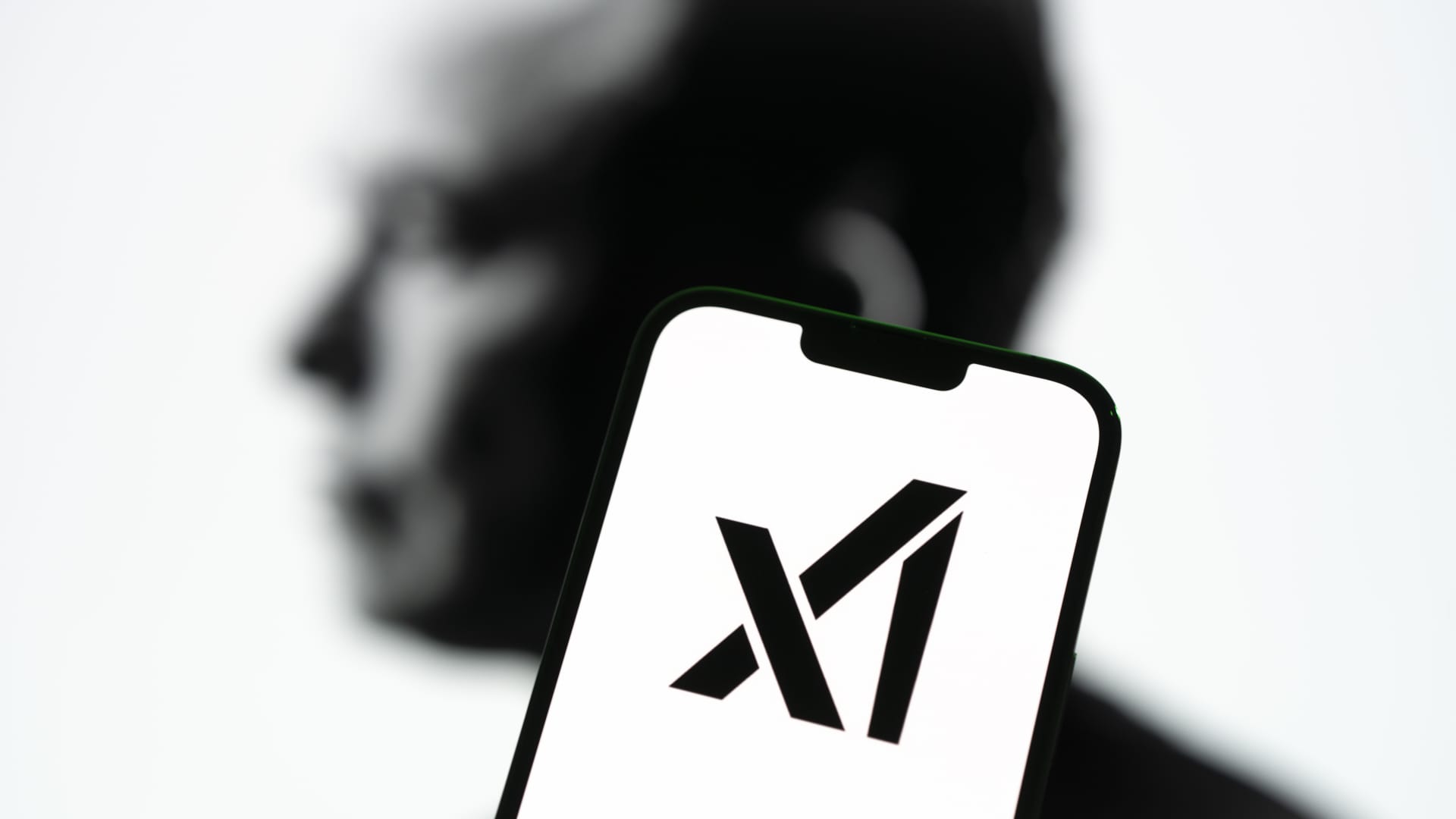Most of us use a smartwatch or a dedicated heart monitor that come with advanced sensors to measure our heart rates. But what if the same capability could be added to a pair of wireless earphones? Scientists at Google have published their research paper on Audioplethysmography (APG), a new cardiac monitoring function for active noise cancellation (ANC) headphones. APG records heart rate data via feedback derived from low intensity ultrasound signals, employing the headphone’s speakers and microphone to send and receive the signal, respectively.
The new study was published on Google Research portal, detailing the APG technology and the research process. “APG sends a low intensity ultrasound probing signal using an ANC headphone’s speakers and receives the echoes via the on-board feedback microphones,” the research paper explains.
Google researchers observed that heartbeats modulate ultrasound echoes as the volume of ear canals changes slightly with blood vessel deformations. According to them APG delivers an accurate record of cardiac activities using mass-market ANC headphones, while the wearer is playing music and is engaged in body motion like running.
The scientists also conducted an eight-month-long field study with 153 participants to test APG in different conditions, the paper said. The experimental design and results of the technology have also been reviewed by Google’s internal Health Team, Product Team, User Experience (UX) Team, and Legal team, with feedback taken from all to bring improvements.
“Our results demonstrate that APG achieves consistently high HR (3.21 percent median error across 153 participants in all scenarios) and HRV (2.70 percent median error in interbeat interval, IBI) measurement accuracy,” the study said. “Our UX study further shows that APG is resilient to variation in: skin tone, sub-optimal seal conditions, and ear canal size,” it added.
According to the research paper, APG can add heart rate monitoring feature to all ANC headphones via a software upgrade with negligible impact on battery life. The feature would even work while playing music through the headphones, engaging in a physical activity, and across different skin tones and eartips sizes.
While there’s no word on when the APG technology could be available for wide use, the paper says that future research on the topic would focus on ensuring high performance of APG in rigorous mobile scenarios like hiking, weightlifting, boxing, high-intensity interval training and more.






